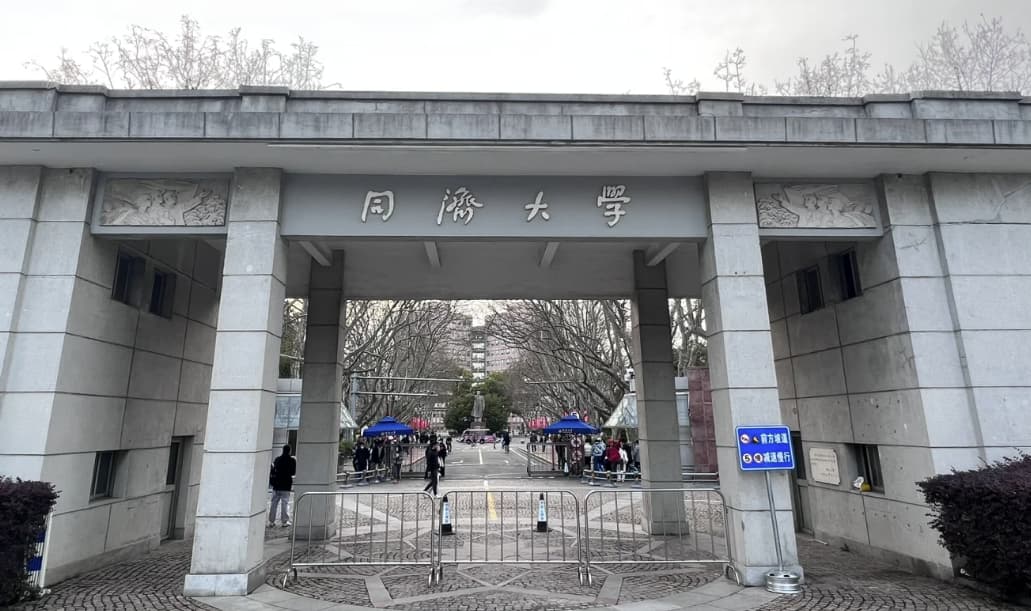Cracking the Code: Common Issues in English Translation for Postgraduate Entrance Exams
The English translation section in postgraduate entrance exams is a critical component that tests candidates' linguistic proficiency and cultural understanding. However, many students find this section challenging due to its nuanced requirements and scoring criteria. This guide aims to demystify common pitfalls and provide actionable insights to help candidates excel. By addressing frequently encountered issues, we hope to equip you with the knowledge needed to navigate the complexities of translation tasks effectively.
1. Understanding the Scoring Criteria
One of the biggest hurdles for candidates is understanding how their translations are evaluated. The scoring system is not just about literal accuracy; it also considers fluency, coherence, and cultural appropriateness.
Why is this important?
For instance, a direct word-for-word translation might score low if it fails to capture the intended meaning or style. Evaluators look for translations that maintain the original tone while sounding natural in the target language.What can you do?
Familiarize yourself with the specific rubrics used in your exam. Practice by translating short passages and reviewing them against these criteria. Pay attention to how idioms, metaphors, and cultural references are handled. For example, if the source text uses a colloquial expression, your translation should find an equivalent in English without losing the informal tone.2. Handling Complex Sentence Structures
Another common challenge is dealing with complex sentences, especially those with passive voice, conditional clauses, or long conjunctions.
Why is this tricky?
English and Chinese sentence structures differ significantly. A sentence that flows smoothly in Chinese might become convoluted if translated literally into English.What’s the solution?
Practice breaking down complex sentences into simpler components before translating. Focus on the core meaning first, then reconstruct the sentence in a way that sounds natural in English. For example, if the source text has multiple embedded clauses, consider rephrasing them as separate sentences or using participial phrases.Here’s a practical tip: Always read your translation aloud. This helps you catch awkward phrasing or grammatical errors. For instance, a sentence that reads well in Chinese might sound disjointed in English if the word order isn’t adjusted properly.
3. Cultural Nuances and Idiomatic Expressions
Cultural differences often pose a significant challenge in translation.
Why does this matter?
Idioms, proverbs, and cultural references may not have direct equivalents in English. Translating them literally can result in loss of meaning or even unintended humor.How can you address this?
Build a repertoire of common idioms and cultural expressions in both languages. When encountering a culturally specific term, research its most appropriate English equivalent. If no direct match exists, consider using a brief explanation or a paraphrase. For example, if the source text mentions a traditional Chinese custom, you might say, “a practice rooted in ancient Chinese tradition” instead of trying to find a single-word idiom.Here’s a real-world scenario: Suppose the source text mentions “a fish out of water,” a well-known English idiom. If the Chinese text describes someone feeling out of place, you could translate it as “like a fish out of water” to preserve the metaphor. However, if the context is different, you’d need to adapt the expression. This requires a deep understanding of both languages and cultures, which can be honed through extensive practice and exposure to diverse texts.


.jpg)
.jpg)


.jpg)
.jpg)
.jpg)
.jpg)
